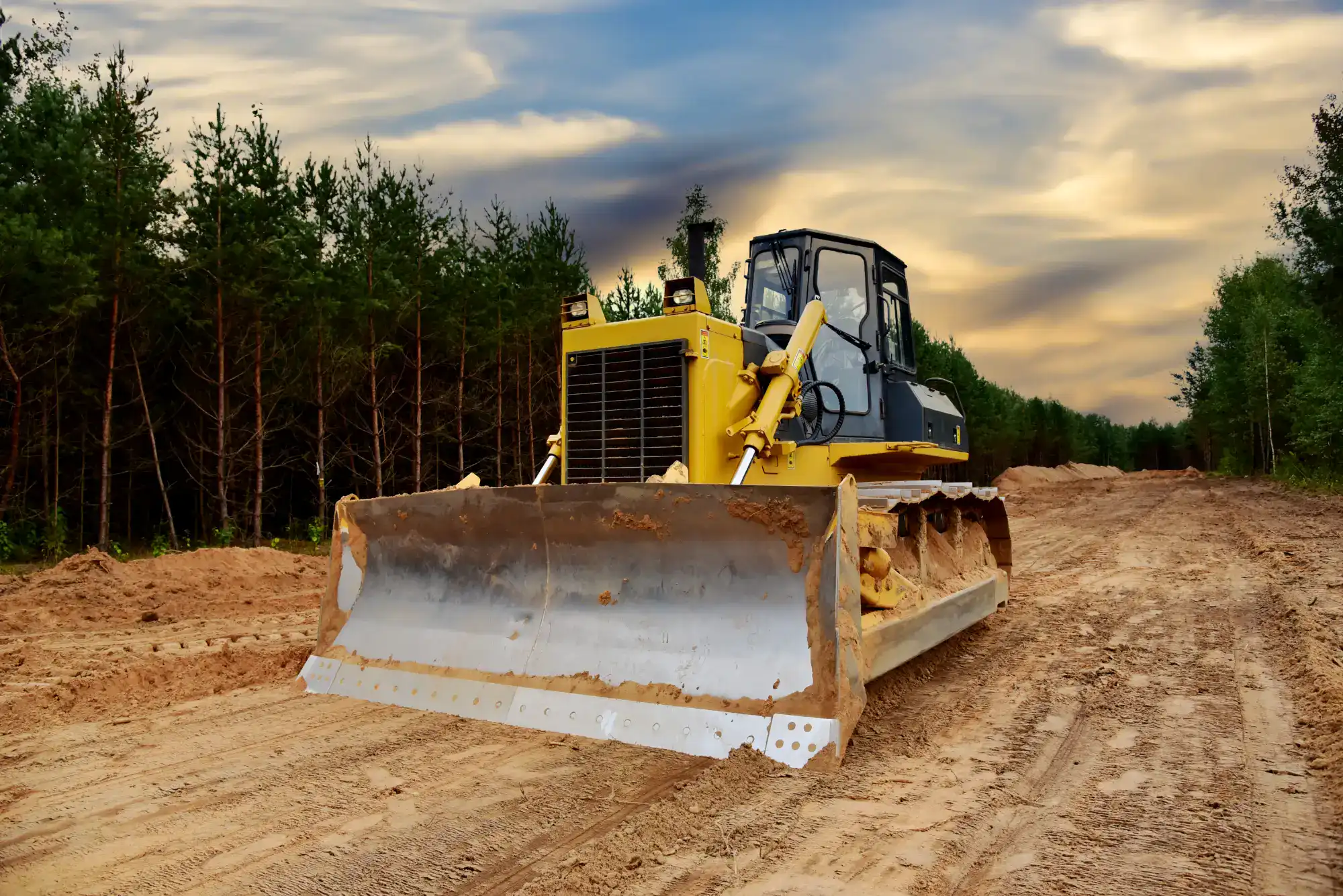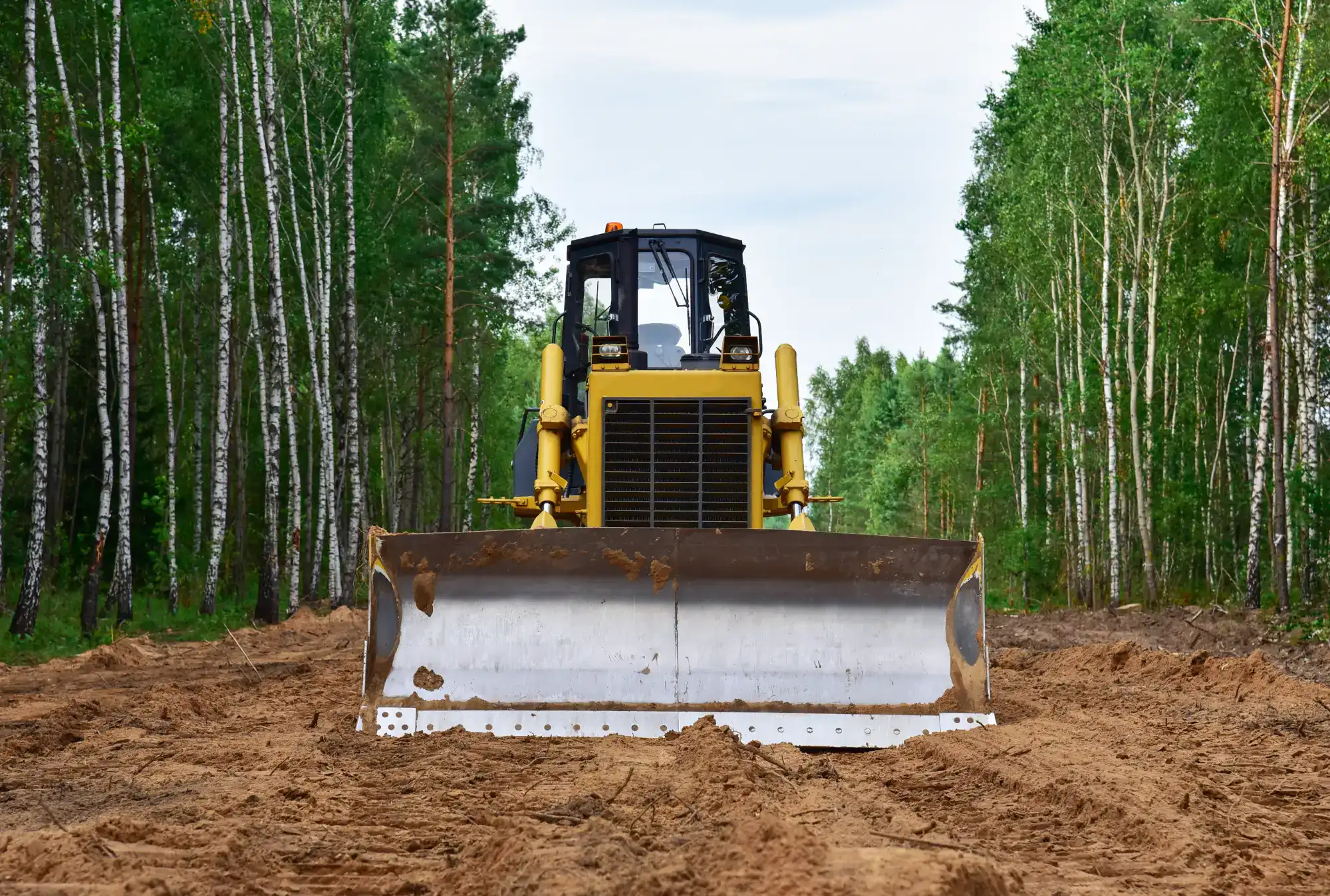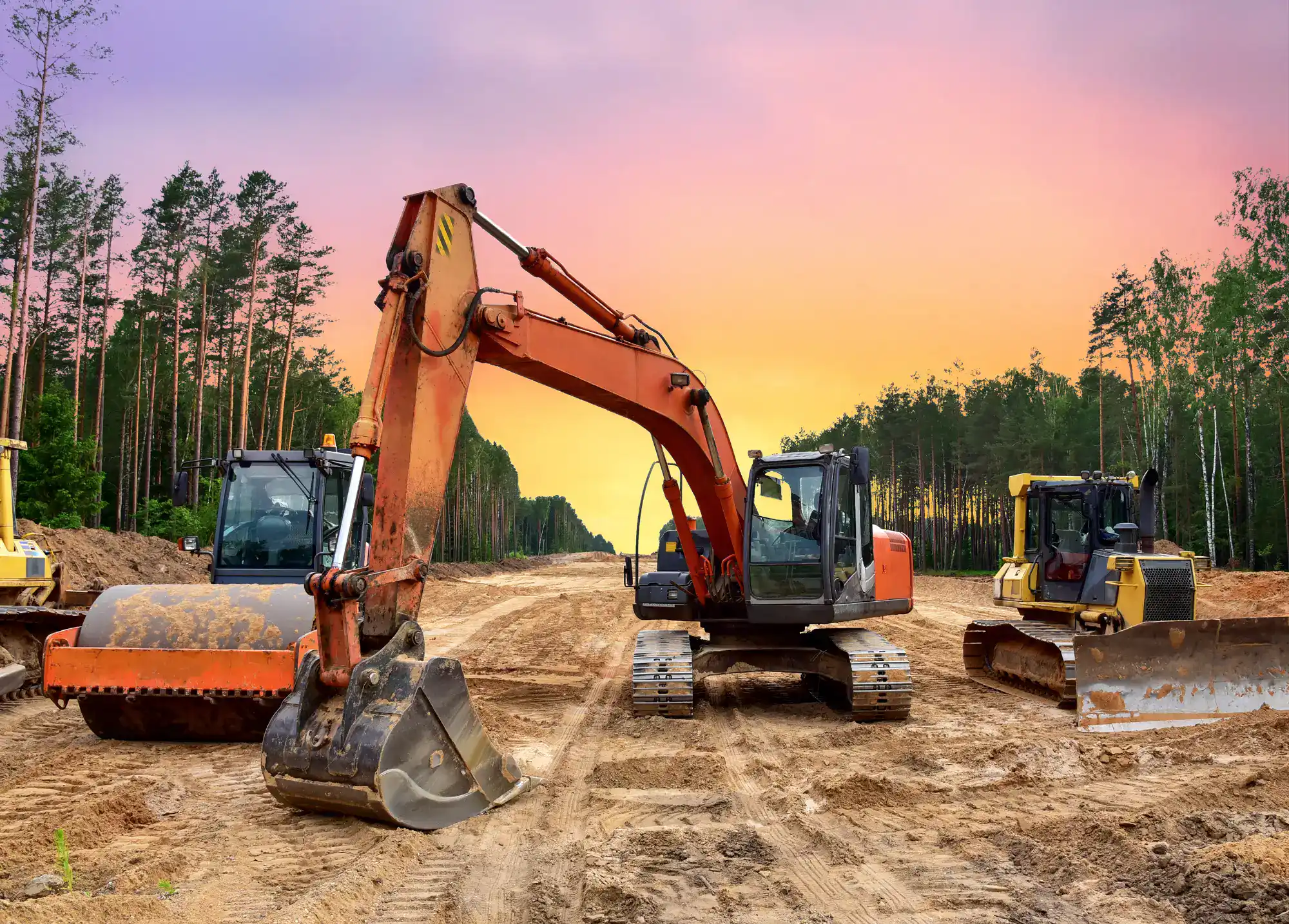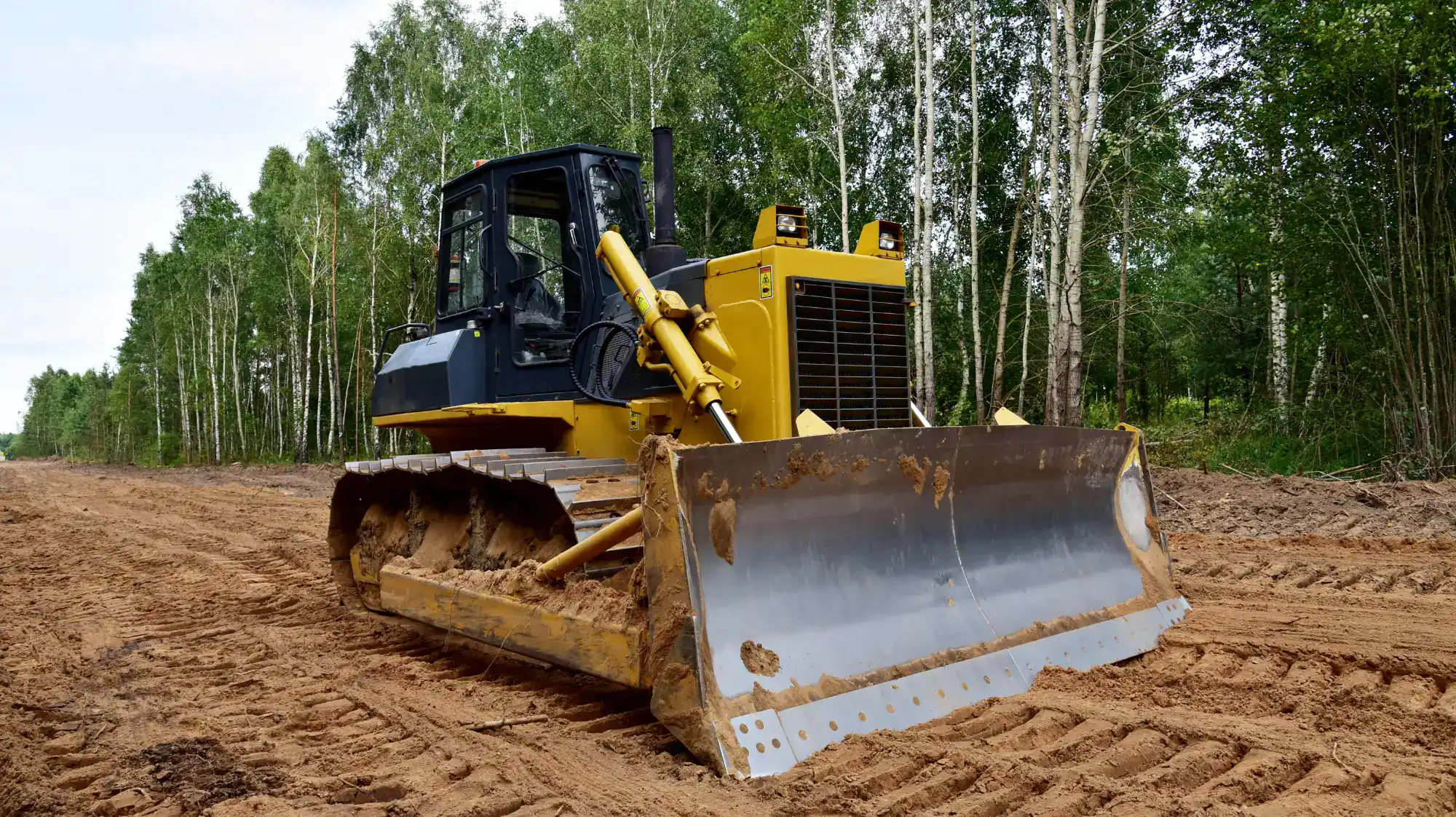

Proper grading isn’t just about moving dirt around. It’s about creating the right foundation for everything that comes next on your property.
When your land is graded correctly, water flows away from your home instead of pooling around your foundation. Your driveway doesn’t turn into a swamp every time it rains. Your septic system functions the way it was designed to.
You avoid the expensive headaches that come from rushed or amateur grading work. No surprise flooding in your basement six months later. No foundation settling because someone didn’t understand soil compaction. No do-overs that cost twice as much as doing it right the first time.
We’ve been serving Clifton Park Center and the surrounding area since 1997. What started as a logging operation became a full-time excavation and grading business in 2020, with Josh’s son joining as a partner in 2022.
We know Clifton Park’s soil conditions. From the clay deposits near water sources to the varied terrain that can change within the same property. This local knowledge prevents costly surprises and keeps your project moving forward on schedule.
Josh is present on almost every job. You’re not dealing with a crew that shows up without supervision or accountability. When you work with a family business where the owner is invested in every project, you get the kind of attention that protects your investment.

Every grading project starts with understanding exactly what your property needs and what challenges we might face. We evaluate soil conditions, review your plans, and identify any drainage issues before we start moving equipment.
Next, we handle the clearing and rough grading. This means removing topsoil and debris, establishing basic contours, and creating access routes for the work ahead. We coordinate with Dig Safe to mark utilities and handle any permit requirements.
Then comes the precision work. Fine grading to exact specifications, ensuring proper slopes for drainage and level areas where your structures will sit. We compact everything to prevent settling and verify that grades meet engineering requirements. Throughout the process, you know what’s happening and what comes next.
When the grading is complete, we clean up the site and coordinate with your other contractors. You get a properly prepared surface that’s ready for the next phase of your project.

Ready to get started?
Complete site preparation from initial clearing through final grade. We handle topsoil removal and stockpiling, rough grading to establish basic contours, and precision finish grading to meet your project specifications.
Our service includes proper compaction to prevent settling, drainage planning to direct water away from structures, and coordination with surveyors to ensure accuracy. We bring in quality fill material when needed and can handle both residential projects and larger commercial developments.
In Clifton Park Center, proper grading is especially important because of the area’s varied soil composition and drainage patterns. We understand how water moves through this terrain and design grades that work with natural flow patterns, not against them. This prevents the foundation problems and water issues that plague properties where grading was done without local expertise.
We also provide site cleanup and restoration of areas outside the construction zone. Everything is done with modern equipment operated by experienced professionals who understand what it takes to prepare sites properly in the Capital Region.

Most residential lots take 1-3 days to complete, depending on the size of the lot and how much work is needed. A simple house lot with minimal grade changes might be done in a day, while lots that need significant fill or have drainage challenges could take longer.
Weather conditions also affect timing – we can’t do quality work in wet conditions because proper compaction is impossible. Clifton Park’s clay soils may take longer to excavate and require more careful handling, while sandy soils typically move faster.
We’ll give you a realistic timeline upfront after assessing your specific site conditions and keep you updated if weather or unexpected conditions change the schedule.
Rough grading establishes the basic shape and contours of your site. We remove topsoil, move larger amounts of material, and get the general elevations close to where they need to be. This is the heavy lifting phase where we create the foundation for everything else.
Finish grading is the precision work. We fine grade to exact specifications, ensuring proper slopes for drainage and level areas where your structures will sit. This includes compacting everything to prevent settling and verifying that grades meet engineering requirements.
Both phases are critical, but finish grading is what determines whether water flows properly around your home and whether your foundation sits on solid, stable ground. Skipping proper finish grading or rushing through it creates the expensive problems you see years later.
Clifton Park sits in an area with diverse soil composition, from clay deposits to sandy loam, often changing within the same property. This affects drainage, compaction requirements, and how we approach grading.
We design drainage patterns that work with the natural flow of water in this area. That means understanding where water wants to go and creating grades that direct it away from your structures efficiently. We also plan for seasonal variations – what works in summer needs to handle spring runoff and fall rains.
Our local experience prevents the common mistakes that cause drainage problems. We know which soil types hold water, where you need additional drainage solutions, and how to create grades that stay stable through freeze-thaw cycles. This expertise comes from years of working in this specific terrain.
Most grading projects require building permits, and if you’re dealing with significant grade changes or working near wetlands, additional environmental permits might be required. The permit requirements can be confusing, especially if you’re not familiar with local regulations.
We help navigate the permit process and ensure all work meets local codes. We can advise you on what permits are needed and work with inspectors throughout the project to keep everything compliant. Part of doing business in Saratoga County is knowing what’s required and getting it done right.
We also coordinate with utility companies for proper line marking and handle any regulatory compliance issues that come up. This keeps your project moving forward legally and prevents delays that happen when permit requirements aren’t handled properly from the start.
We discuss potential issues during the initial assessment, but sometimes you encounter conditions that weren’t visible during the planning phase. Rocky areas that need different equipment, unexpected utility lines, or soil conditions that require additional stabilization.
If we encounter unexpected conditions, we stop work immediately and explain your options and costs before proceeding. You get clear information about what we found, how it affects the project, and what solutions are available. No surprise charges or decisions made without your input.
Our local experience helps us anticipate many of these situations, but when surprises do happen, we handle them professionally. We’ve dealt with everything from saturated clay to bedrock situations and know how to adjust our approach to keep your project moving forward safely and efficiently.
When your grading contractor owns excavators, bulldozers, and trucking equipment, we control scheduling, maintenance, and availability. Equipment ownership means faster response times for both planned work and emergency situations. You’re not waiting for rental equipment or dealing with delays from subcontractor scheduling.
Well-maintained machinery means fewer breakdowns and faster completion of your grading project. We’re not dealing with equipment that might break down because it’s been rented out to multiple contractors. Our machines are maintained to our standards and operated by our experienced team.
Equipment ownership also demonstrates long-term commitment to serving the local area. We’ve made substantial investments in serving Saratoga County effectively. We’re not a fly-by-night operation – when problems arise, you’re dealing with contractors who have a reputation to maintain in the community and the resources to stand behind our work.